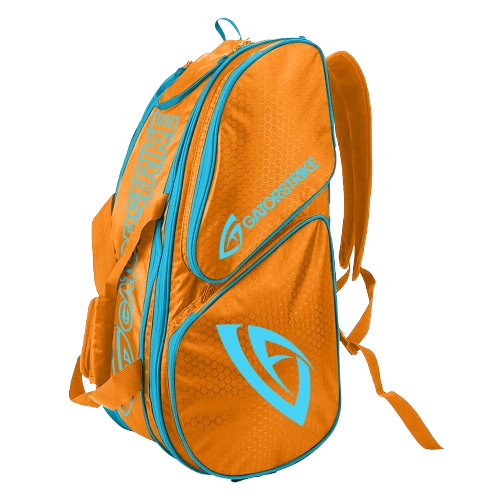
Designing a Pickleball Court: What You Need to Get Started
Share
Introduction: The Growing Popularity of Pickleball
Pickleball has taken the world by storm, transforming from a niche pastime into a widely beloved sport. As more people catch the pickleball bug, the demand for custom-designed courts has skyrocketed. Whether you’re a casual player looking to enjoy the game in your backyard or a community leader aiming to provide a space for locals, designing a pickleball court is a rewarding endeavor. The process requires thoughtful planning, from selecting the perfect location to considering the finer details like surface material and lighting. With the right approach, you can create a court that not only meets official standards but also becomes a hub of activity and joy.
Choosing the Perfect Location
The first step in designing your pickleball court is selecting an ideal location. The space you choose will set the tone for the entire project, so it’s important to consider several factors. Start by assessing the available space—pickleball courts are smaller than tennis courts, but they still require ample room, especially if you plan to have multiple courts side by side. The orientation of the court is crucial as well; ideally, it should run north-south to avoid the glare of the sun during play. Also, consider the surroundings: a quiet, level area with minimal wind and natural barriers like trees can provide an optimal playing environment.
Understanding Court Dimensions and Layout
Once you’ve selected the location, the next step is to ensure your court meets official pickleball dimensions. A standard pickleball court is 20 feet wide by 44 feet long, with a net height of 34 inches at the center. This layout includes both the playing area and the non-volley zone, commonly known as the "kitchen." Proper spacing around the court is also essential, as it allows players to move freely without the risk of injury. If space allows, consider adding extra buffer zones around the perimeter for spectators or additional seating.
Selecting the Right Surface Material
The surface material you choose will significantly impact both gameplay and the court’s durability. Asphalt and concrete are popular choices due to their durability and smooth finish, which provide consistent ball bounce and player footing. However, synthetic surfaces are becoming increasingly popular for their cushioning properties, which can reduce the strain on players’ joints. Each material has its pros and cons—while concrete is low-maintenance, it can be hard on the body, whereas synthetic options may require more upkeep but offer a more comfortable playing experience. Your choice should balance the needs of the players with long-term maintenance considerations.
Essential Court Markings and Lines
Accurate court markings are essential for a regulation pickleball court. The lines should be 2 inches wide and painted in a contrasting color to the court surface to ensure they are clearly visible during play. The key areas to mark include the baseline, sidelines, non-volley zone, and service courts. Using durable, weather-resistant paint will help the lines withstand the elements and maintain their visibility over time. Proper markings not only ensure fair play but also enhance the overall aesthetic of the court, giving it a professional finish.
Fencing and Net Installation
Fencing is an often-overlooked but vital component of a pickleball court. A good fence keeps the ball in play and provides a sense of enclosure, which can enhance focus and reduce distractions. The height of the fence should be at least 10 feet, especially if the court is near a residential area or other recreational facilities. As for the net, it should be 36 inches high at the posts and 34 inches at the center. Using a net system that allows for easy tension adjustments will ensure that the net remains at the correct height, even with frequent use.
Lighting and Additional Features
To extend playing time beyond daylight hours, installing proper lighting is a must. LED lights are a popular choice due to their energy efficiency and ability to provide bright, even illumination. Place the lights at a height of 18 to 20 feet to minimize shadows on the court. Additionally, consider adding seating areas, shade structures, and even a small storage shed for paddles and balls. These features not only enhance comfort but also encourage more frequent use of the court, making it a welcoming place for both players and spectators.
Budgeting and Planning for Future Maintenance
Building a pickleball court is an investment, and it’s important to plan your budget carefully. Costs can vary widely depending on the materials and features you choose. In addition to the initial construction expenses, factor in the cost of regular maintenance, such as resurfacing the court, repainting lines, and replacing nets and fencing as needed. Setting aside funds for future repairs and upgrades will help ensure that your court remains in top condition for years to come. Proper planning and budgeting will allow you to enjoy your pickleball court without unexpected financial strain.
Designing a pickleball court is an exciting project that brings both immediate enjoyment and long-term benefits. By carefully considering each aspect of the design process, you can create a space that not only meets the needs of the game but also becomes a cherished part of your community or home. Whether you’re planning for casual play or competitive matches, a well-designed pickleball court will provide endless hours of fun and physical activity for everyone who steps onto it.












